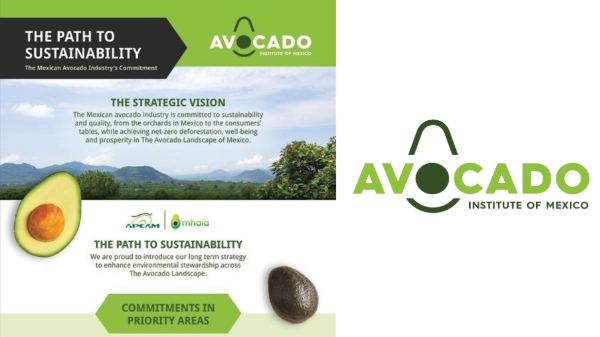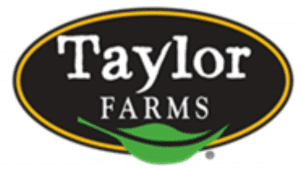Welcome to Blue Book!
Are you ready to join the thousands of companies who rely on Blue Book to drive smarter decisions? View our plans and get started today!
Still have questions? We’d love to show you what Blue Book can do for you. Drop us a line– we’ve been waiting for you.

Beyond Asparagus
Asparagus may have earned Peru a spot at the U.S. import table, but the country’s ideal growing conditions, acceptance of GlobalGAP standards, and attention to food safety has attracted many U.S. buyers. In addition to both green and white asparagus, sweet onions, avocados, and grapes are gaining considerable traction with North American retailers.
“Twenty years ago, the primary focus for export was green and white asparagus,” explains Robert E. Colescott, Jr., CEO and president of Southern Specialties, Inc. in Pompano Beach, FL. “In the last ten years we have seen investments in avocado, citrus, grapes, and most recently blueberries. These crops have a higher cost to grow than asparagus, but have a higher return on investment for a longer period of time, making them more attractive crops in which to invest.”
This is confirmed by Durkin as well, who acknowledges that crop diversification has been key to Peru’s more recent export success stories. “Peruvian growers have been very active in evaluating alternative crops for all of the coastal farming areas, where subtle micro-climate differences make it possible to grow certain higher value crops.” In addition, he notes, “Alternative crops have become so successful as exports that some growers have been removing asparagus production and replacing it with other crops.”
Up and Coming Commodities
Capitalizing on the global demand for avocados is another of Peru’s ‘export success stories.’ A relatively new addition to the Peruvian export market, avocados were first imported into the United States in 2011. Though not nearly as established as the Mexican or Chilean deals, Peru is well positioned to meet the growing demand of major metro markets in the American Northeast, such as New York, Boston, and Philadelphia.
Unlike asparagus, which is counter-seasonal to U.S. growing cycles, avocado season for both California and Peru is May through September. Though West Coast avocados reign supreme in parts of the United States, Peru has been able to capture a growing slice of the market.
“Peru is competitive because it’s more cost-effective to ship from Lima to the East Coast than it is to truck from California,” notes a California shipper. “Buyers in the Northeast are more accustomed to imports.”
Another Peruvian import that has earned a following is sweet onions. Because consistent availability is vital to category growth, many suppliers are turning to South America, specifically Peru, as a source. John Shuman, president and director of sales at Shuman Produce, Inc., a major grower-shipper of Vidalia sweet onions, recognized early on that to keep up demand for sweet onions he had to keep them on hand. “We began our Peruvian sweet onion program in 1998, by importing a handful of containers. By the 2013-14 season, our Peruvian import program was among the largest in the United States, bringing in more than 700 containers through the port of Savannah, Georgia.”








